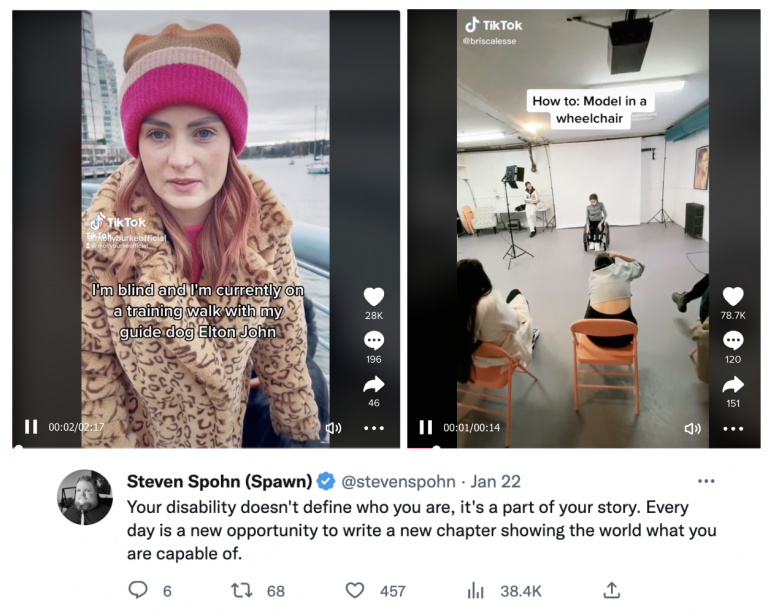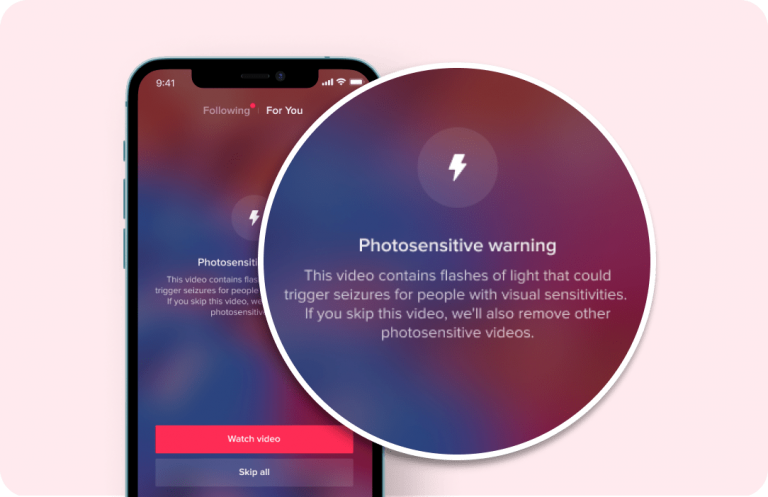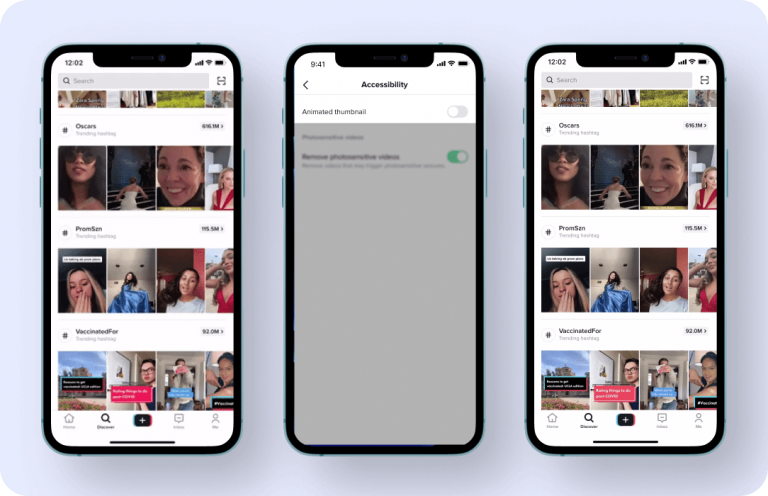Key points on this page:
- Social media has created a sense of community and connectivity for people with disabilities.
- Platforms like Facebook, Instagram, and TikTok have become channels for advocacy, education, and to reduce stigma around disabilities.
- Organisations should focus on improving accessibility on their websites, seek user feedback, and follow WCAG 2.1 standards to create an inclusive online experience.
Beyond the memes and viral cat videos, social media has radically transformed the way we connect.
Face-to-face interactions have been replaced with likes and virtual reactions, and while the negatives of the platform are usually what is discussed, social media has become a useful and empowering tool for people living with a disability.
From connecting with people who face similar challenges without the barriers of time and space, to advocating for themselves and others with a disability, social media has brought accessibility, autonomy, and connectivity to those whose needs are all-too-often forgotten.
As W3C Director and Founder of the World Wide Web Tim Berners-Lee said, “The power of the Web is in its universality. Access by everyone regardless of disability is an essential aspect.”
Whether your role sits in marketing and customer experience, or you are focused on driving your organisation’s social impact objectives, it’s time to start taking social media more seriously as a channel and tool to improve accessibility for your audience.
Let’s take a deep dive into the opportunities that social media has created for those living with disability and impairment and where it fits into your organisation’s accessibility strategy.
Social media builds community without physical barriers
When speaking about the power of connection facilitated by social media, Communications Director of the Mayo Clinic Social Media Network Lee Aase states:
“[Social media] enables chronically ill and disabled people to connect with others who face similar challenges. These tools break down barriers of time and space, so those who otherwise would be isolated are able to come together.”
For people with disabilities, social media is a vital form of communication that not only connects them with others experiencing similar impairments or illnesses, but allows them to meaningfully and purposefully engage with family, friends, and communities on their terms.
The ability to tell your own story is incredibly powerful and one that has often been denied by well-meaning allies, but through social media, people with disabilities are now granted a voice.
Facebook Groups, Instagram Stories, and TikTok reels have amplified advocacy efforts
Sharing one’s story not only creates personal agency, but facilitates a space for social advocacy. Social media has quickly become a platform for education and reducing stigma around people with disabilities and impairments.
For example, dedicated Facebook groups exclusive to those with shared experiences of disability, illness, or impairment are not uncommon, providing a safe space to ask questions or gain insights, advice, and validation from others with lived experience.
Videos from Instagram and TikTok give frank accounts of what it’s really like living with a disability, which has also helped broaden public perception of accessibility issues on a massive scale. Content creators like Molly Burke, Steven Spohn and Bri Scalesse have provided insight into the lives of somebody with a disability and the barriers they face even in everyday tasks.

Accounts like these convey a key positive message to young people with disabilities who have never been represented authentically in media before.
Remote learning and jobs for people with disabilities are proliferating
Social media has helped facilitate education opportunities and jobs for disabled people on a scale previously unseen.
Unrestricted by physical location or time, these tools have made it much easier to study, work, and collaborate with classmates and colleagues on a schedule and within an environment that suits them.
Social media has also opened the door to many “new” virtual jobs that anyone, regardless of ability, can do: from community managers and online ads specialists, to content creators and data scientists.
How can digital accessibility be improved?
Increased accessibility is what makes social media so game changing for people living with a disability, but there is still more to be done.
Consider the concept of progressive enhancement on the web, for example. If your connection is slow, web pages are displayed as a simplified, light-weight version.
This concept should be extended to social platforms; however, given the diversity with which people experience the web, the challenge lies in accommodating each unique requirement.
A possible solution is to enable controls at the browser level, with settings that can be switched on or off according to accessibility requirements.

On TikTok, users can opt out of videos with creative effects that may be harmful to those with photosensitive epilepsy or who suffer from light-induced migraines.

TikTok also allows the user to choose between animated or static video image thumbnails, for people with sensitivity to flashing images.
Until the major social platforms can work together on creating more inclusive design standards, organisations should also continue to focus on the channels they can control: their website.
For organisations looking to create an inclusive online experience, we recommend talking to your users.
Consult your community from the outset and implement their feedback in conjunction with Universal Design Principles. Consider options for how your page will be displayed and build your page according to WCAG standards.
At Dux, accessibility is important to us and informs all that we do. If you’d like to learn more about how to improve your website accessibility or start building a social media channel strategy that best serves your audience, get in touch with us here.